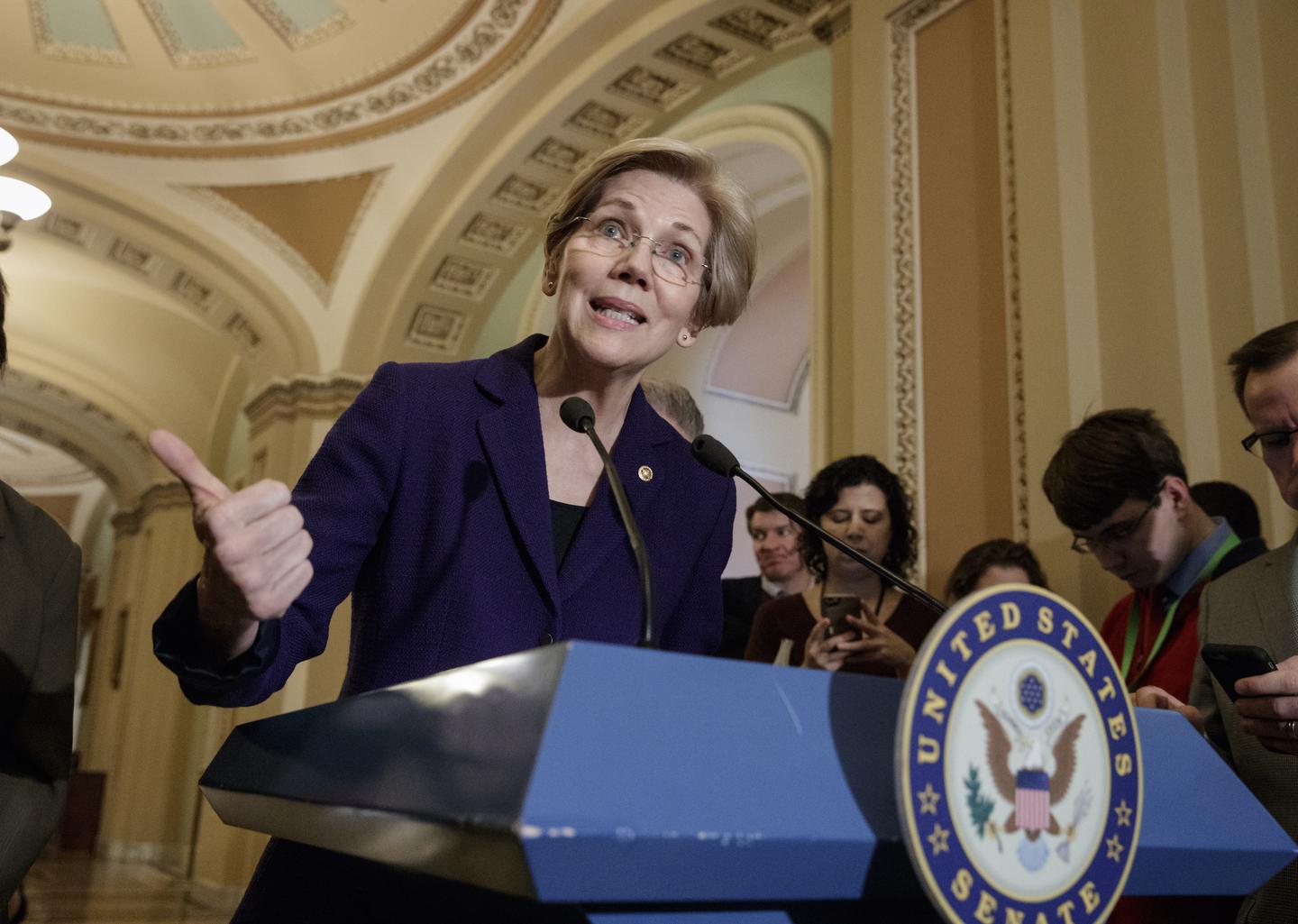Why the 'Medicare for All' Tax Question Matters
October 14, 2019#election2020 #medicareforall #BernieSanders #ElizabethWarren #taxes

Ask Elizabeth Warren whether her single-payer “Medicare for All” health insurance plan would raise taxes on the middle class, and she will consistently skip past the question and focus on overall cost savings. She asserts, as she did on “The Late Show With Stephen Colbert,” that “costs are going to go up for the wealthiest Americans [and] big corporations … and hard-working middle-class families are going to see their costs go down.” She has done this so much, Bloomberg News reporter Sahil Kapur observed that “she has become an expert at dodging this question.”
Her supporters don’t consider the maneuver a dodge, but a proper response to a disingenuous “gotcha” question. Said Joe Dinkin of the Working Families Party, which has endorsed Warren, “That kind of question is a ridiculous trap and Warren navigated it deftly. It's bad journalism not to recognize the larger savings from the disappearance of premiums in any question like that."
Surely if Warren becomes the Democratic nominee, the Trump campaign would love to have captured a sound bite of her conceding that middle-class taxes would go up, excise any subsequent part about overall cost savings, and air the clip ad nauseam through Election Day. It’s understandable that Warren doesn’t want to hand over any political ammunition. And it’s true that at the end of the year, what a taxpayer cares about is the bottom line: net savings, after taxes.
But the average taxpayer wants proof those savings will materialize. That requires numbers — all the numbers — so assertions can be tested.
If a candidate is pledging to fundamentally overhaul a health care system that accounts for nearly one-fifth of the national economy, then it’s necessary to tell taxpayers exactly what the individual up-front cost is in taxes, along with the long-term savings. Then voters, and professional analysts, can check the candidate’s math and see if the numbers add up.
Defenders of single-payer health insurance often act as if it is an indisputable fact that average taxpayers will save money, and further explanation is unnecessary. But in fact, there is enormous uncertainty. As The Washington Post reported earlier this month, “a wide range of experts … say it is impossible to make those guarantees based on the plans that [Bernie Sanders and Warren] have outlined so far.”
The Post reporters pressed the Warren and Sanders campaigns for more details, yet still concluded that “their responses did not fully answer a key question: In a plan that would significantly alter the tax code and the health-care industry, how many and which Americans would ultimately be hit with higher costs?” Warren has already acknowledged that wealthier Americans would pay more overall, but only with policy details can we determine at exactly what income level would differently sized household pay more.
The Sanders campaign coughed up more numbers than Warren, sharing that two new taxes would impact the middle class: a 4% income tax on households earning more than $29,000 annually and an additional payroll tax of 7.5% for employers with payrolls over $2 million. But health policy professor Kenneth Thorpe told the Post that the taxes Sanders has proposed so far aren’t sufficient to cover the cost.
Moreover, in 2016, Thorpe published an analysis of Sanders’ earlier version of a single-payer version and found that 71% of people who currently have private insurance would pay more, not less, overall. And Sanders is proposing more tax increases today than he did three years ago.
Thorpe may not be the last word on the subject. Sanders’ 2016 policy director said at the time that Thorpe, who served in Bill Clinton’s Department of Health and Human Services, delivered a “total hatchet job.” But the point is: Since the question of how much single-payer health insurance would save taxpayers is not settled, blithe assertions of savings don’t cut it.
Sanders is at least giving us some numbers, which allows analysts to check his work. Warren and many of her supporters act as if asking for the numbers is somehow illegitimate.
Warren is hardly the first politician to skirt questions about the cost of policy proposals. When selling tax cuts, Republican politicians have turned fuzzy math into an art form. But Warren has presented herself as the ultimate policy wonk who has a plan for everything. On the stump, she routinely offers a math lesson for how her 2% tax on wealth above $50 million will pay for a range of policies, prompting her crowds to chant “two cents, two cents.” It’s hard for her to square how she can be detailed when talking about most aspects of her plans, but not when it comes to the up-front cost for a massive transformation of an enormous sector of our economy.
That is why I suspect that, eventually, Warren’s inner wonk is going to surface, and we will see those details, however politically imperfect they may be. Until then, the question won’t stop being asked, because a sufficient answer hasn’t been given.
Source: https://www.realclearpolitics.com/


Comment(s)